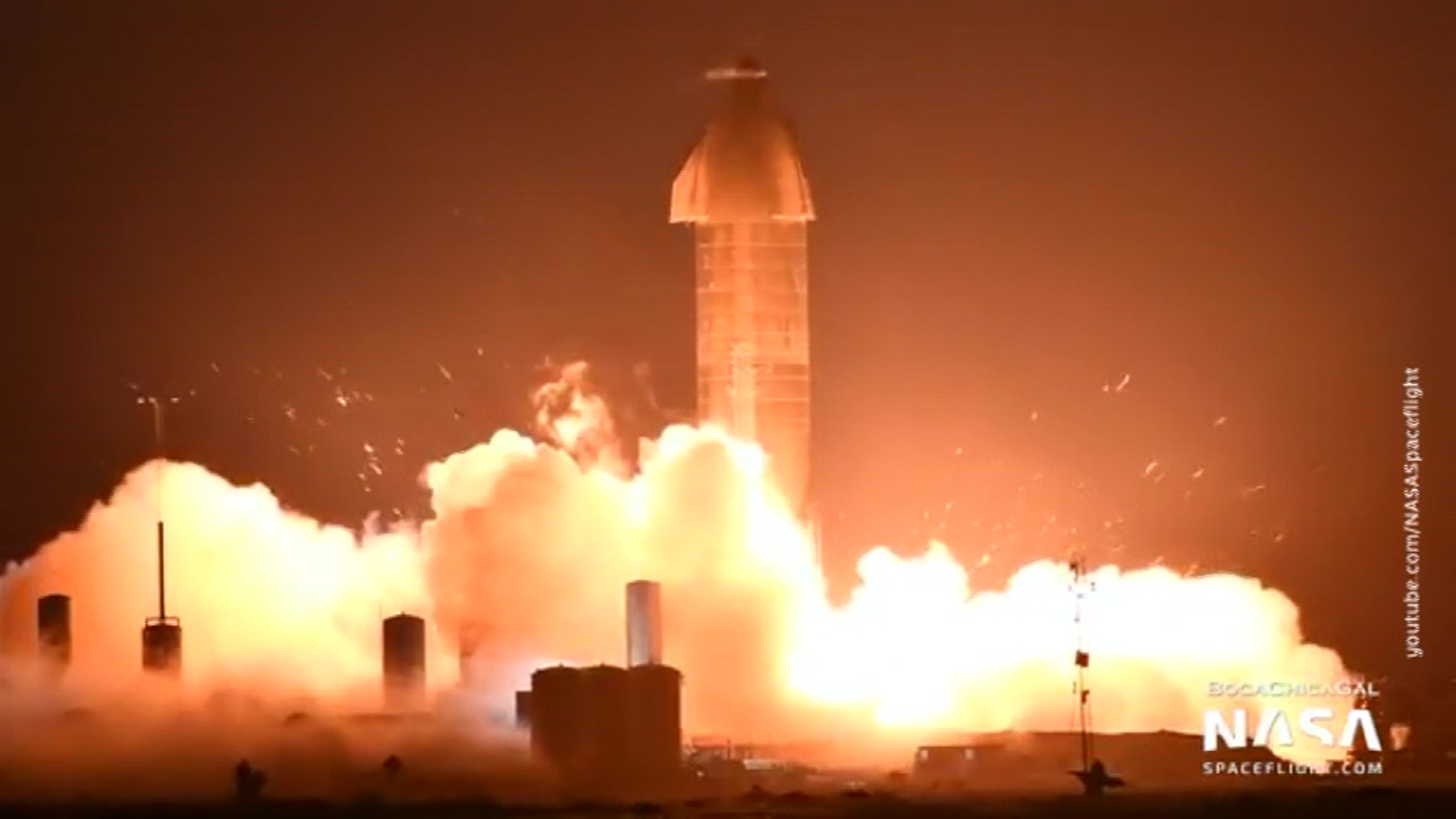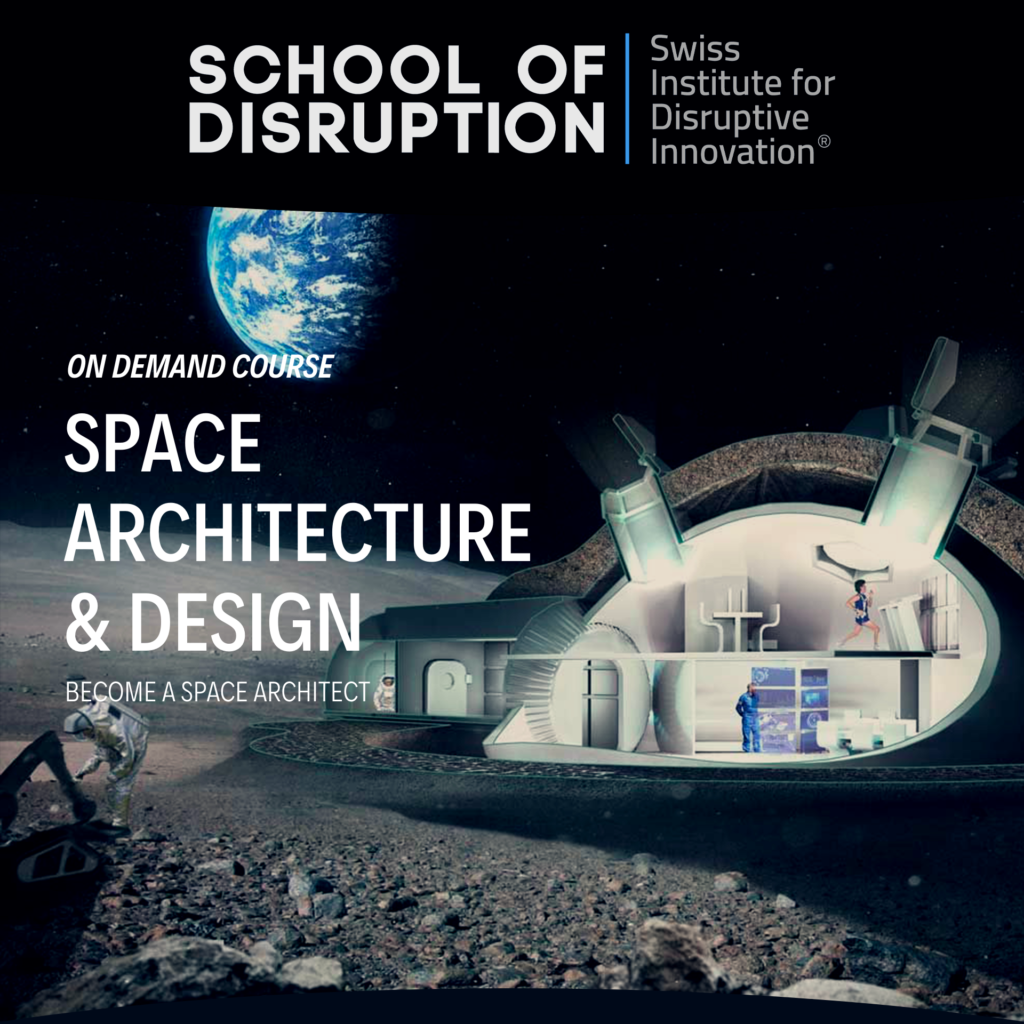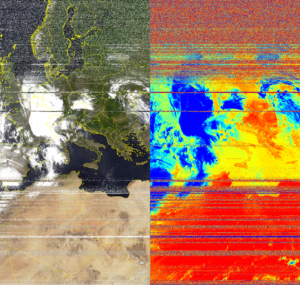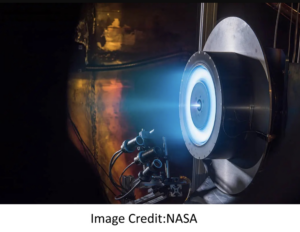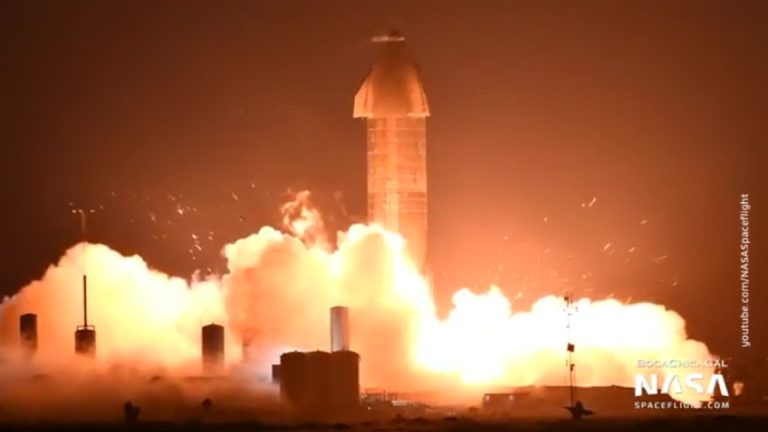
Starship is the upper stage of a huge spaceship (boosted by a Super Heavy rocket), currently under design at SpaceX, with the objectives of enhancing human space-flight to the Moon, Mars or even beyond.
Right now, SpaceX is making various tests on different versions of Starship: the last major successful update was a 150 meters hop test with SN5 and SN6, powered by a single Raptor Engine.
Starship’s last prototype, SN8, after two successful static fire tests (which consist of igniting the engines with the rocket attached to the ground), failed the third one on November 12. In fact, during the test a liquid material was seen dripping outside the structure. Luckily, thanks to the burst disk, the anomaly didn’t cause any damages to the prototype. Elon Musk affirmed that the cause of the malfunction was a cut in an avionics’ cable, provoked by a debris of the launch pad, which broke during the ignition.
With a nosecone, two flaps and three Raptors, SN8 is the most updated prototype of Starship since no other versions had more than one engine.
SN8 is intended to try a 15 kilometers flight test, at first scheduled for next week: after the malfunction, other tests have to be done before lifting it off.

